Little do many customers know, that tea packaging materials also play a vital role in keeping the tea quality at its best. There are different kinds of tea packaging materials available in the market and each has its own advantages and disadvantages.
Some of the most common materials include nylon (also called PA), biodegradable PLA, filter paper fiber composite, aluminum, tinplate, plastic, and paper.
Each has its own advantages and disadvantages which will be explored in detail below. Keep reading to know more!
Nylon (Also called PA)
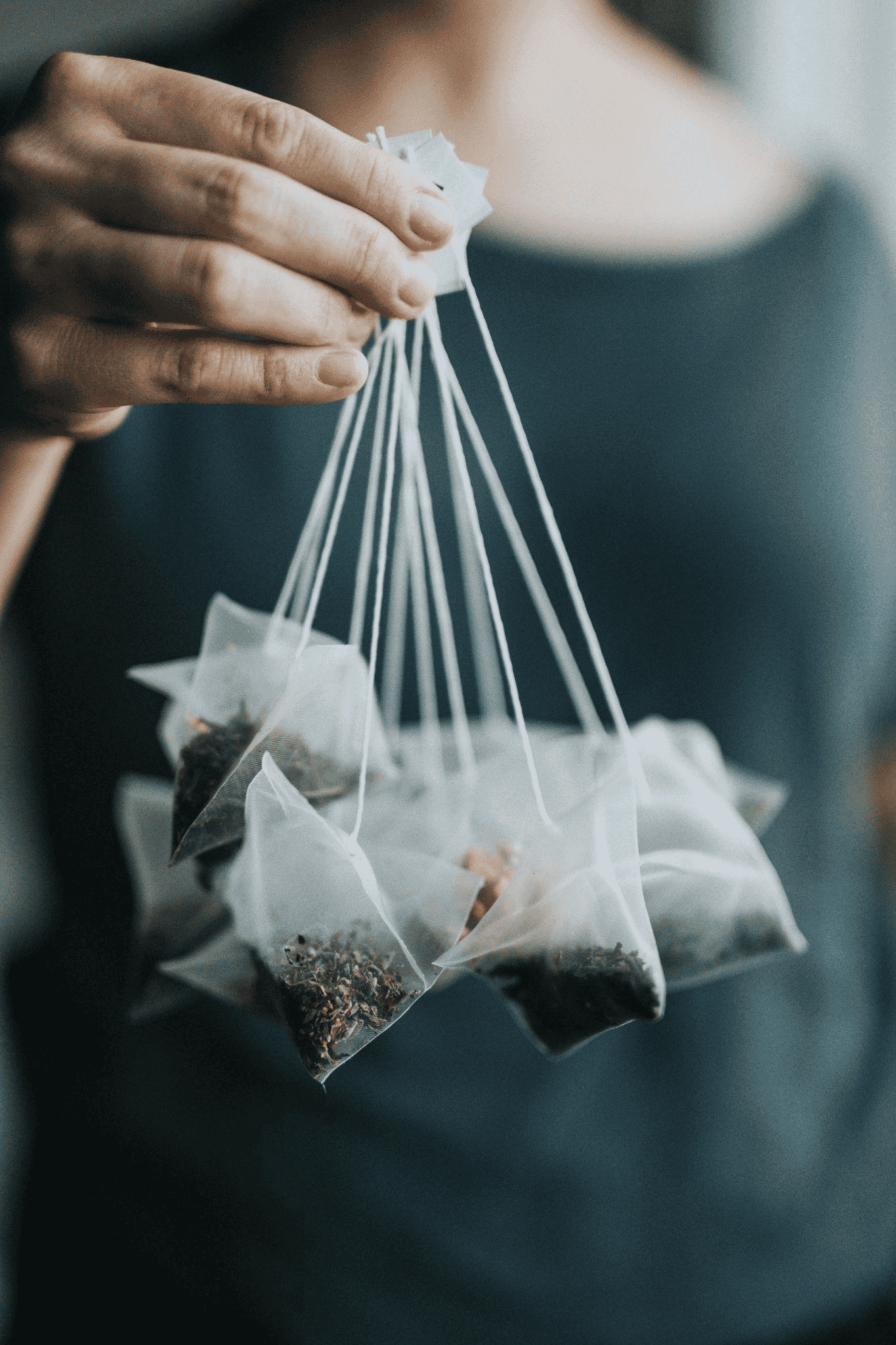
Nylon is a common material used for tea packaging as it offers good barrier properties against oxygen, moisture, and aroma. It is also quite strong and durable, making it ideal for storing and shipping tea. However, nylon is not biodegradable, which means it is not environmentally friendly.
Nylon is perfect for tea packaging that needs to be stored for a long time.
Degradable PLA
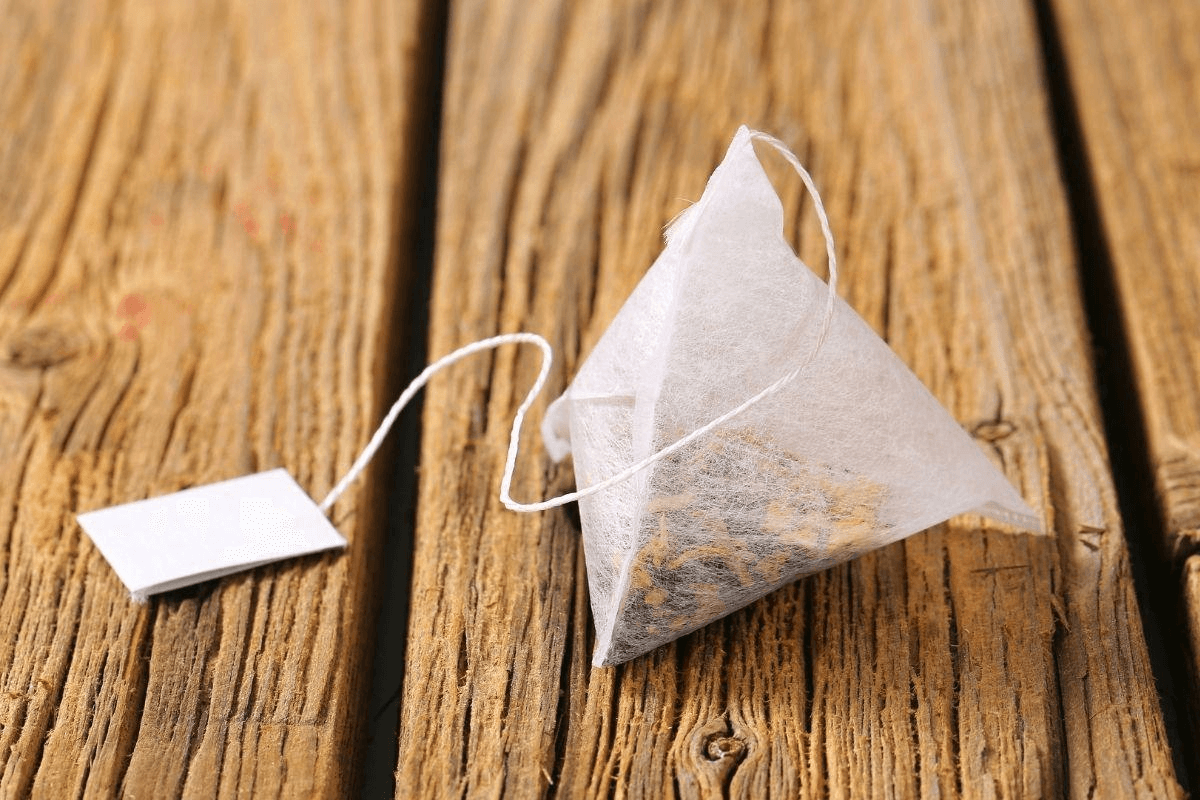
PLA is a degradable and compostable polymer made from renewable resources like corn starch or sugar cane. It has good moisture barrier properties and can be used in conjunction with other materials like paper or aluminum foil.
Recently, the use of biodegradable PLA has grown in popularity as a sustainable alternative to traditional plastics. This is because it naturally breaks down when exposed to air and light. The United States Environmental Protection Agency (EPA) estimates that the production of plastics creates about 7 million tons of greenhouse gases annually.
In order to reduce this number, the EPA has implemented policies that encourage the use of degradable PLA. For example, the EPA has mandated that all food service packaging must be made with at least 20% recycled content by 2020.
In Europe, the European Commission has adopted a similar approach to encouraging the use of degradable PLA. The Commission has set a goal of having all packaging be recyclable by 2030. In order to meet this goal, the Commission has implemented policies that require companies to use recycled materials in their packaging.
The use of degradable PLA is a step in the right direction toward reducing the environmental impact of plastic production. However, it is important to note that PLA is not completely biodegradable. In order to completely break down, PLA must be composted in a commercial composting facility. These facilities are not widely available, which means that most PLA ends up in landfills.
Despite the limitations of PLA, the increased use of this material is a positive step toward reducing the environmental impact of plastic production. Hopefully, with continued research and development, the limitations of PLA will be addressed and it will become a more viable option for sustainable packaging.
Furthermore, PLA is also more expensive than other materials, which can be a drawback. Another good thing about utilizing PLA is that this appeals to the customers better. Nowadays, many customers and producers alike have become eco-conscious which means they take into account whether their products are environmentally-friendly.
So if you are a business and want to promote organic material together with your tea product, PLA is the best choice for you!
Filter paper fiber composite
Filter paper fiber composite is a combination of filter paper and synthetic fibers. This material is often used for tea bags as it can hold the shape of the bag well and has good heat resistance. It has good moisture and oxygen barrier properties, making it ideal for storing tea.
However, this material is not biodegradable and is not environmentally friendly. It is also not recommended for use with hot water, as the synthetic fibers can leach into the water.
Most tea packaging such as filter paper fiber may not be safe for direct contact with food due to the possibility of unsafe chemicals leaching into the tea. If you are concerned about this, please check with the manufacturer of your product.
Aluminum
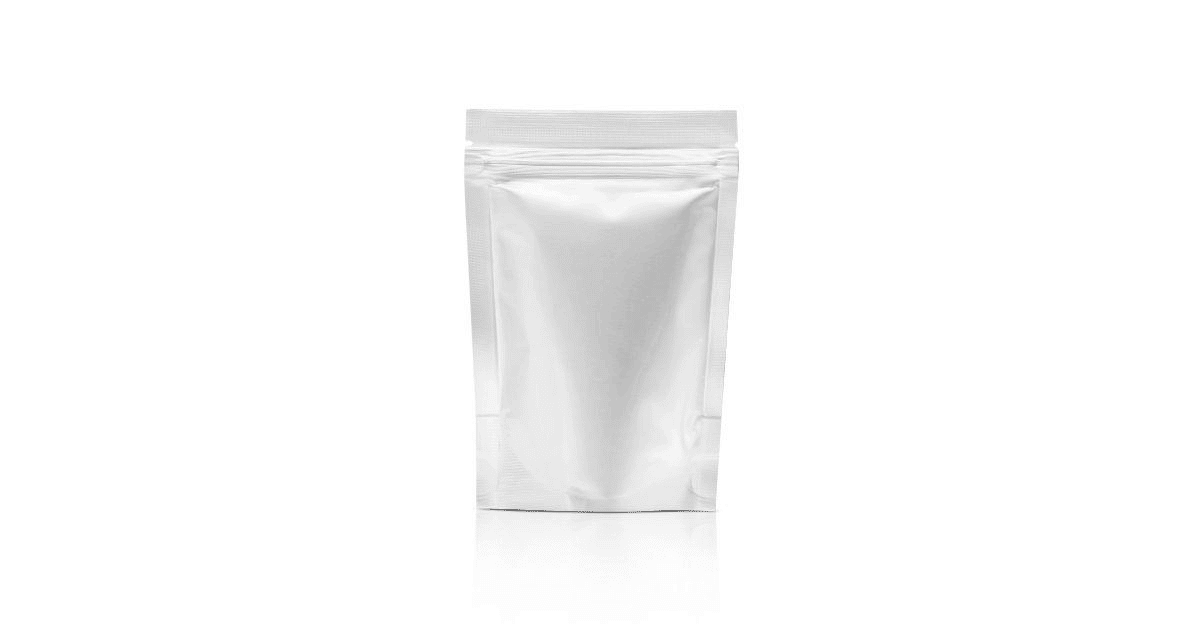
Aluminum is a popular material for tea packaging as it offers good barrier properties against oxygen, moisture, and light. It is also quite strong and durable.
Packages made of aluminum are available in a variety of shapes and sizes. Freshness and scent may be preserved, as well as protection against sunlight, air, moisture, oils, and germs thanks to the use of polyethylene film.
Aluminum is considered the best packaging for tea because it does not absorb aromas, colors, or flavors.
The downside, however, of aluminum is that it is not eco-friendly and is not easily recycled. It is also a conductive metal, which means that it can affect the taste of the tea if it comes into direct contact with the leaves.
For this reason, most aluminum tea packages have a layer of paper or plastic between the metal and the tea leaves.
Despite these drawbacks, aluminum remains a popular choice for tea packaging due to its many benefits. When selecting an aluminum package for your tea, be sure to choose one that is durable and has a good seal to protect the freshness of the leaves.
Tinplate
A tinplate is a steel sheet that has been coated with a thin layer of tin. It is often used for food packaging as it is non-toxic and has good barrier properties against oxygen and moisture. Tinplate is also recyclable.
Tinplate for tea packaging is usually made of high-quality tinplates, such as electrolytic tinplate or black plate.
The thickness is generally 0.16-0.2 mm. In order to make the tea tin can have a good printing effect, the surface of the tinplate is usually coated with a layer of chromium or chromium oxide.
Plastic
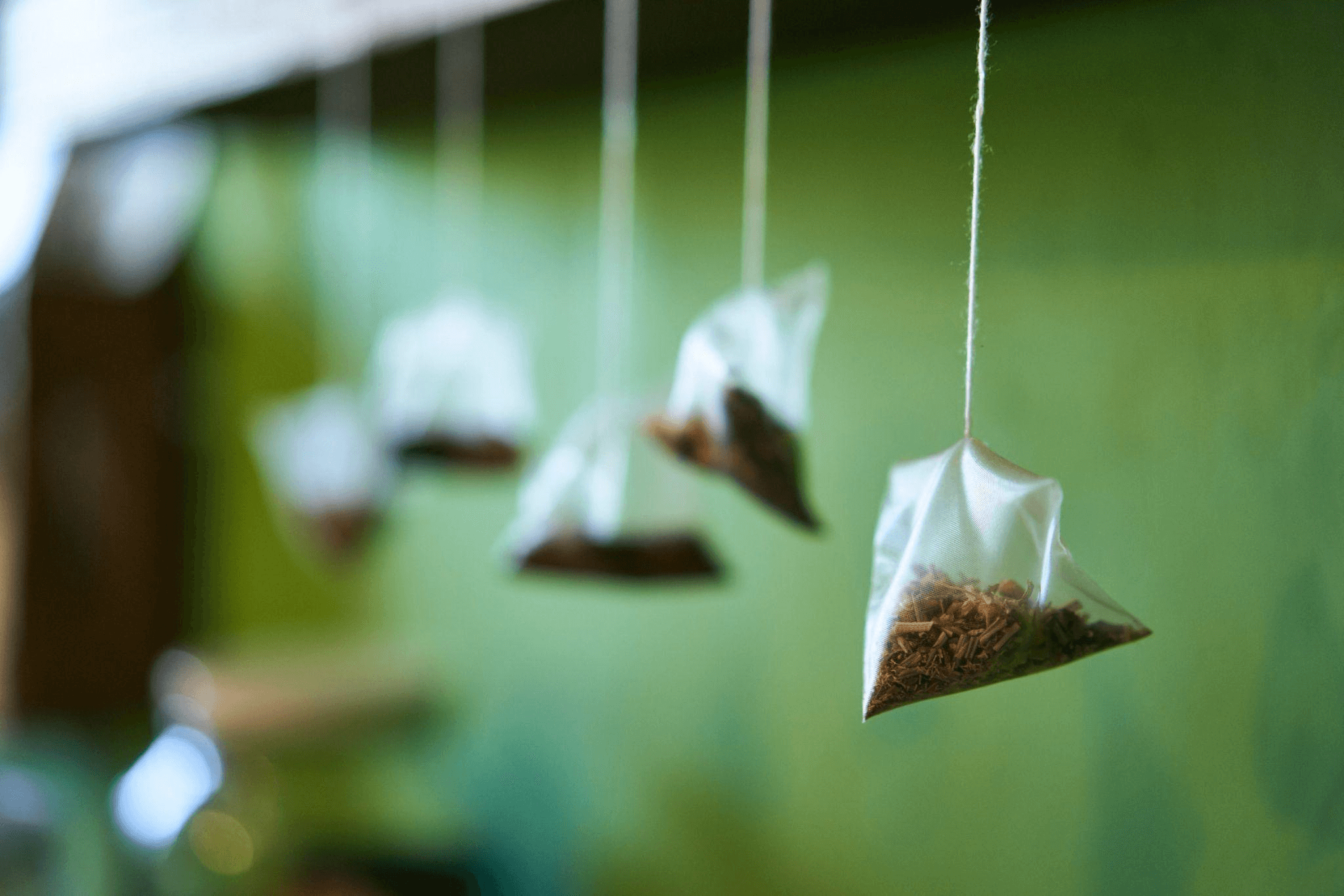
Plastic is the most commonly used material for tea packaging, due to its low cost and durability. However, plastic is not biodegradable and can take centuries to degrade, making it a major contributor to environmental pollution.
In recent years, there has been a growing movement to reduce plastic use and promote more sustainable packaging options. Some companies have started using biodegradable materials for their tea packaging, such as bamboo or paper. Others have switched to reusable, refillable containers.
While plastic may be the most convenient option for tea packaging, it is important to consider the environmental impact of this choice. If you are looking for a more sustainable option, consider using biodegradable materials or reusable containers.
Plastic tea packaging is a major contributor to environmental pollution, so choose your packaging wisely!
Paper tea packaging
Paper tea packaging is an effective and eco-friendly way to package tea. It is made from recycled materials and is 100% biodegradable.
Paper tea packaging protects the freshness and quality of tea, while also providing a sustainable and environmentally friendly option for tea lovers.
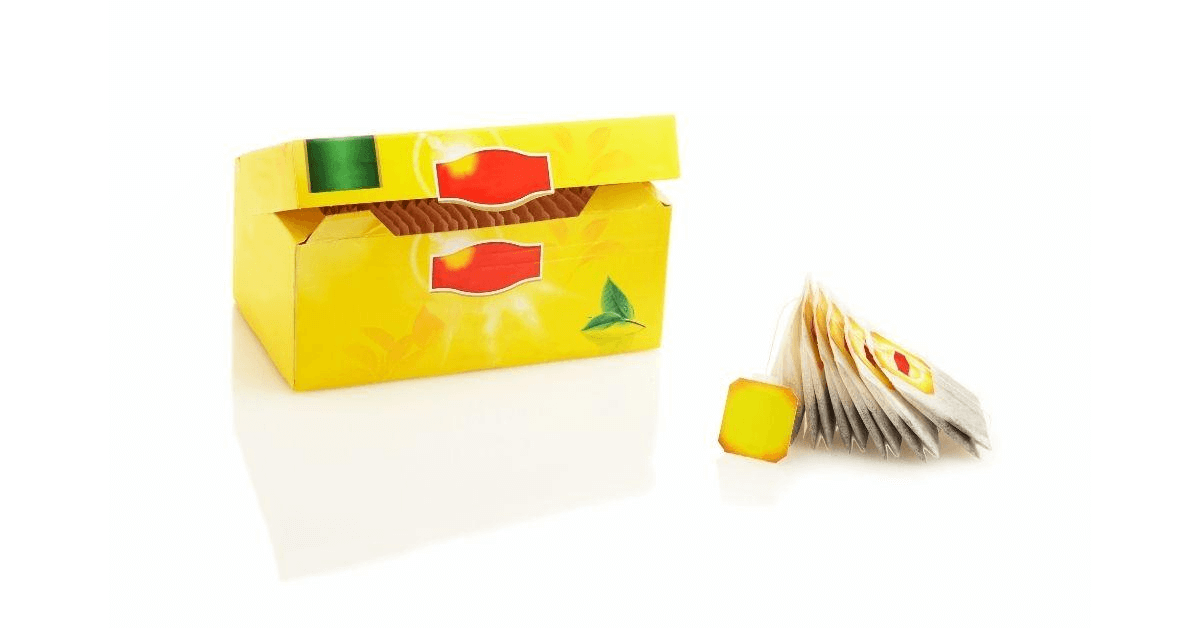
But the downside is that paper packaging can be more expensive than other options, and it’s not always the most convenient option for on-the-go tea drinkers.
If you’re looking for an eco-friendly and sustainable way to package your tea, paper tea packaging is a great option. It’s made from recycled materials, it’s 100% biodegradable, and it protects the quality of your tea.
Paper is excellent if you are trying to promote or market your tea packaging business because they are unique, attractive, and eye-catching. Paperboard is also easy to print on, so you can add your own label or design to your tea package.
If you’re looking for a more convenient option for on-the-go tea drinkers, consider a paper tea pouch. These pouches are easy to carry and can be resealed, making them perfect for taking your tea with you on the go.
Why Choose a Packaging Material for Your Tea?
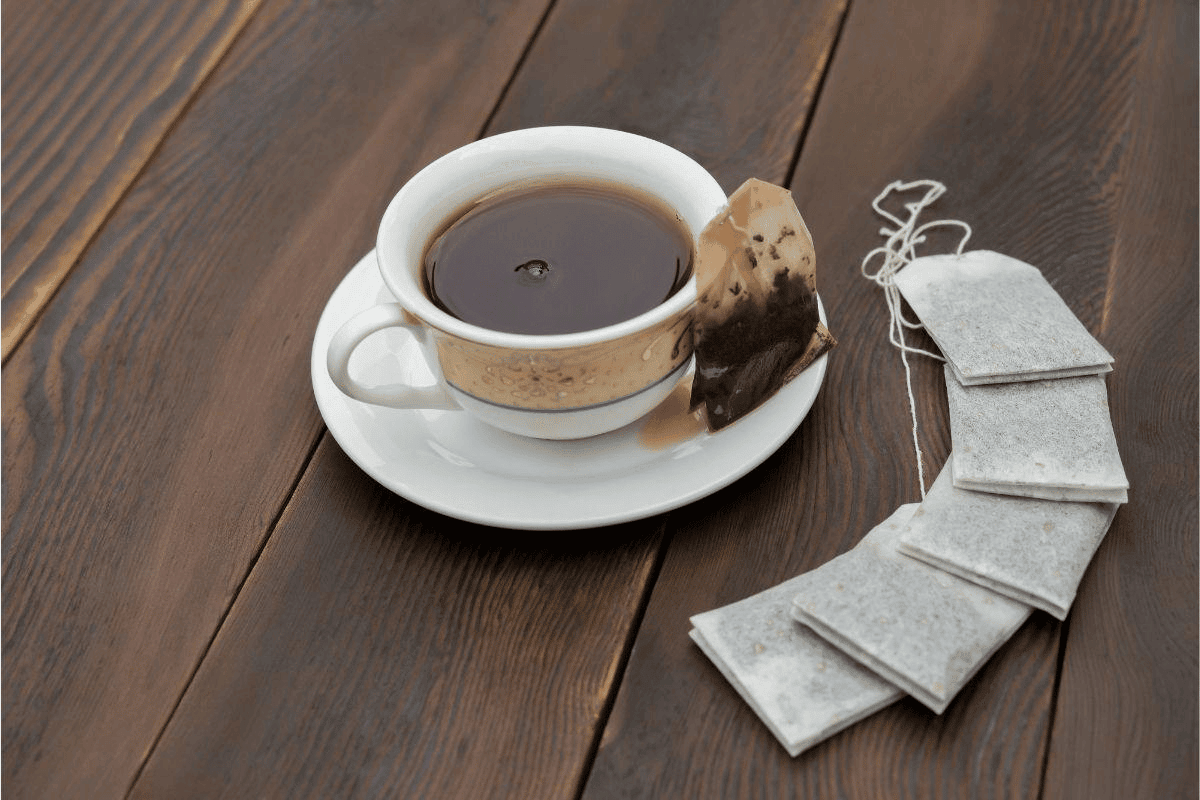
When you package your tea, you want to make sure that the material you choose will protect your tea leaves from moisture, oxygen, and light. This will help to keep your tea fresh and flavorful.
There are a variety of packaging materials that can be used for tea, so it is important to choose the one that best suits your needs.
One popular option for packaging tea is aluminum foil. Aluminum foil is an excellent choice for packaging tea because it is lightweight and provides a good barrier against moisture, oxygen, and light. Aluminum foil is also easy to seal, which helps to keep your tea leaves fresh.
Plant starch-based PLA biodegradable pyramid tea bag packaging material is another excellent option for tea packaging. These PLA biodegradable tea bags are energy efficient, and they may help you save money on your energy bills as well as on manual labor.
The importance of choosing the right tea packaging material is first, to protect the tea leaves from moisture. If tea leaves are exposed to too much moisture, they will become soggy and lose their flavor.
Second, it is important to choose a material that will keep oxygen out.
Oxygen can cause the tea leaves to oxidize, which will make them lose their flavor. Finally, it is important to choose a material that will protect the tea leaves from light. Light can cause the tea leaves to fade in color and lose their flavor.
When you are choosing a packaging material for your tea, it is important to consider all of these factors.
Also, don’t forget, your tea packaging must also look pleasing so that your customers will be impressed when they see it on the shelves!
FAQ
1. What information should be included on tea packaging labels?
When it comes to tea packaging labels, it is essential to provide customers with all the necessary information to make informed choices and ensure the quality of their tea. Clear and comprehensive labeling should include the following information:
1. Type of Tea: Indicate the specific type of tea contained in the package. Whether it is black, green, white, oolong, herbal, or a blend, customers should be able to identify the variety they are interested in quickly.
2. Date of Packing: Include when the tea was packaged. This allows customers to gauge the freshness of the tea and make sure they are purchasing the latest batch. It also ensures that they can consume the tea within a suitable timeframe.
3. Ingredients: If the tea contains any additional ingredients, such as herbs, flowers, or spices, include a list of these ingredients. This is particularly important for customers with dietary restrictions or allergies.
4. Source and Origin: Clearly state where the tea was sourced from and its country of origin. This information allows tea enthusiasts to make informed decisions based on their preferences and helps build trust and transparency with customers.
5. Brewing Instructions: Provide detailed instructions on brewing the tea for the best flavor and aroma. This may include information on water temperature, steeping time, and the recommended amount of tea to use. This ensures customers can enjoy the tea at its optimal taste.
6. Certifications: If the tea is certified organic, fair trade, or meets any other specific standards, include the relevant certifications on the packaging. This assures customers about the sustainability and ethical practices associated with the tea.
7. Net Weight: Clearly state the net weight or quantity of tea in the package. This allows customers to compare prices accurately and make sure they are getting the desired amount of tea.
8. Storage Recommendations: Offer guidance on how to store the tea properly to maintain its freshness and flavor. This may include suggestions for airtight containers or avoiding exposure to direct sunlight or heat.
By including these essential pieces of information on tea packaging labels, customers will have all the details they need to confidently select a tea that suits their preferences, ensure its freshness, and ultimately enjoy a delightful tea-drinking experience.
2. What are some popular tea bag packaging ideas?
Various popular tea bag packaging ideas have gained significant popularity. One widely used option is tea packaging bags, which are highly favored due to their convenience and single-serve nature. These bags come pre-portioned with a suitable amount of tea, making them ideal for creating a single serving.
Tea bag packaging materials also play a crucial role in ensuring the quality and practicality of the packaging. Filter paper, food-grade nylon, non-woven fabric, and plant-based polylactic acid (PLA) are commonly used to create tea bags. They can be sealed using staples or through heat or ultrasonic welding methods.
Another innovative tea bag packaging idea is the pyramid tea bag design. This specific packaging style is particularly well-suited for packaging premium tea leaves such as green tea or herbal tea. Pyramid tea bags often come with a cotton thread and label, making it easy for people to dip the tea bag into their mug.
Traditional tea bags, on the other hand, are available in different shapes, like round or rectangular. These bags may also have optional strings and tags attached for added convenience. Such designs make them an ideal choice for packaging CTC black tea, known for its fragmented nature.
Overall, these popular tea bag packaging ideas ensure that tea lovers can enjoy their favorite blends conveniently and quickly.
3. What qualities should tea packaging have to appeal to customers?
Regarding tea packaging, it is crucial to consider all aspects to ensure customer appeal. One essential factor is choosing a packaging material that not only meets functional requirements but also looks visually pleasing on the shelves. Aesthetics play a significant role in capturing the attention and interest of potential customers.
However, the qualities of tea packaging extend beyond just appearance. It is also essential to create a packaging design that is user-friendly and aligns with the brand’s identity. A simple yet effective technique can enhance the overall user experience, making it easy for customers to carry and use the tea, especially for those on the go.
In addition to a well-designed package, providing clear and informative information is critical. Customers want to know the type of tea, the size and weight of the box, and the selling points that make the tea unique. By offering this information, customers can make informed choices and understand the value that the tea brings.
Furthermore, it is crucial to keep up with eco-friendly packaging trends. Opting for biodegradable materials and minimizing waste aligns with the growing customer concern for sustainability. By considering these factors, not only are you appealing to customers’ preferences, but you are also contributing to a greener and more environmentally conscious approach.
In summary, when it comes to tea packaging, it is important to balance appealing aesthetics and functional qualities. By considering the design, usability, informative content, and eco-friendliness, you can create packaging that appeals to customers while aligning with their values.
Takeaways
There you have it! If you are curious to know more, we suggest that you consult one of the professional companies in China, Spack Machine. Spack has years of experience providing high-quality packaging to different industries including the coffee and tea sectors.
Should you need quality packaging for your tea business, get in touch with Spack today!

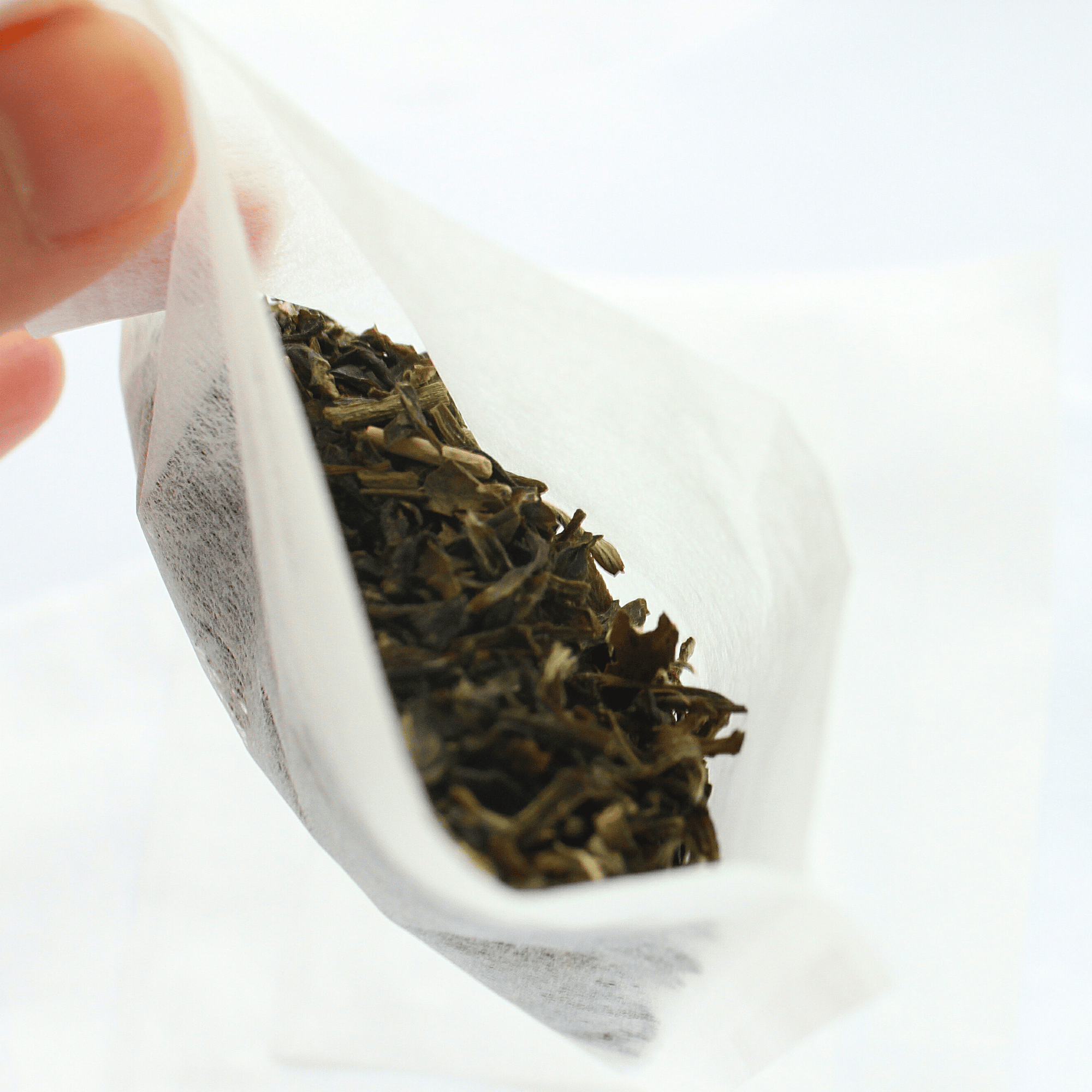
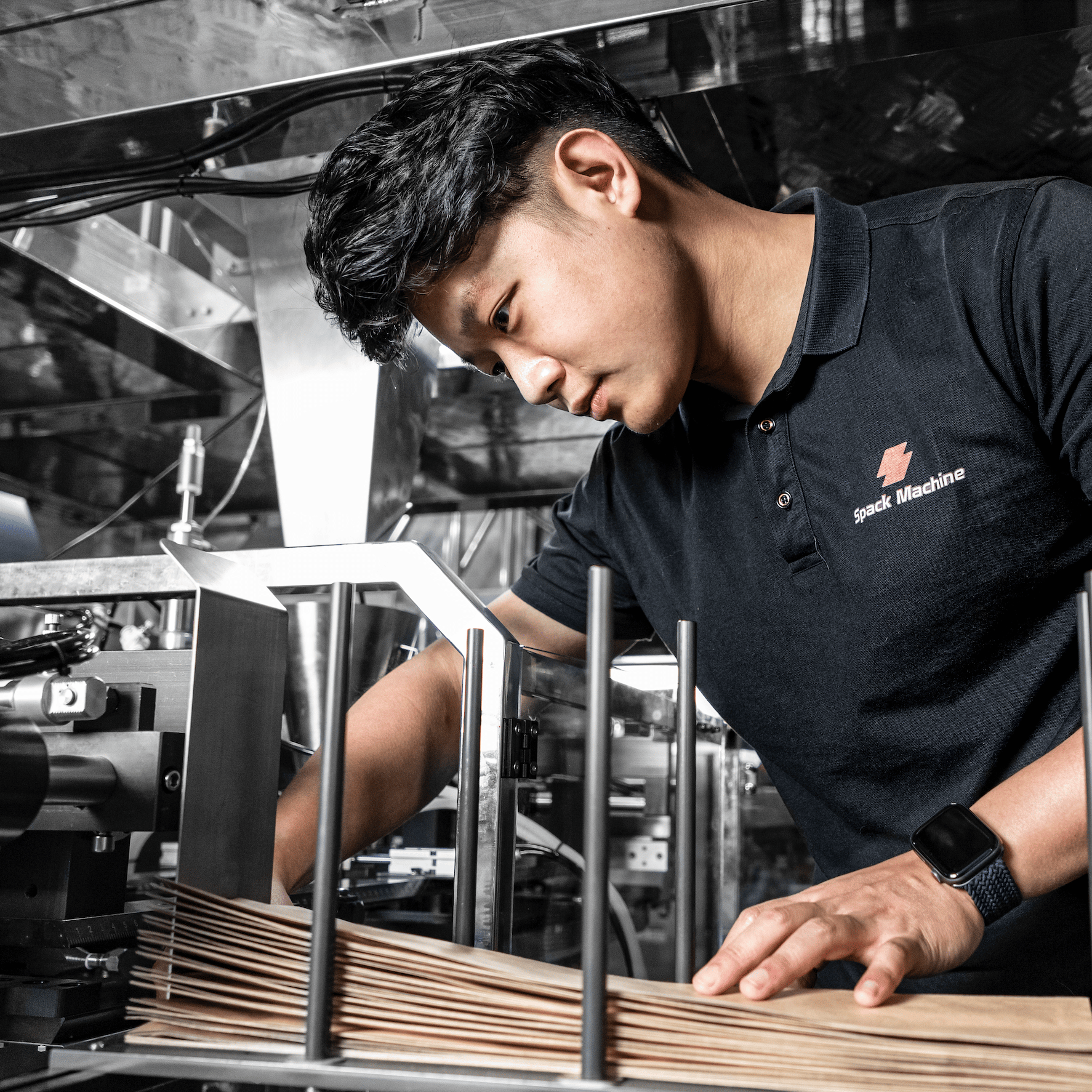
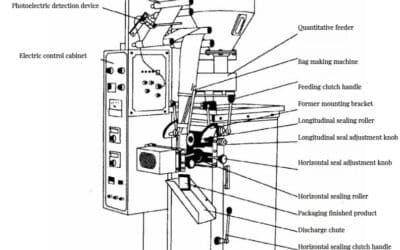
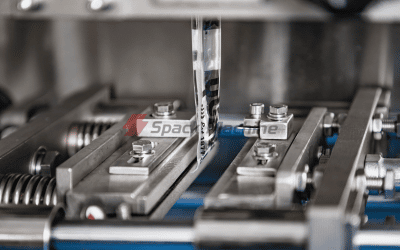
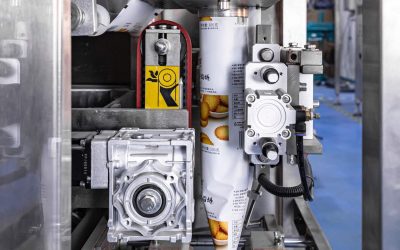
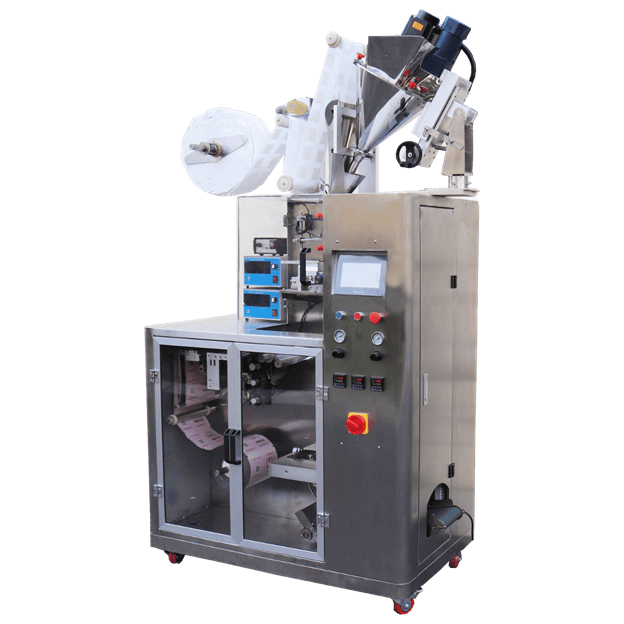
I would love to get a healthy packaging materials for my tea bags and spices